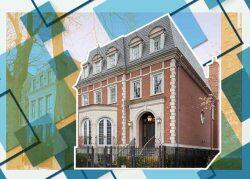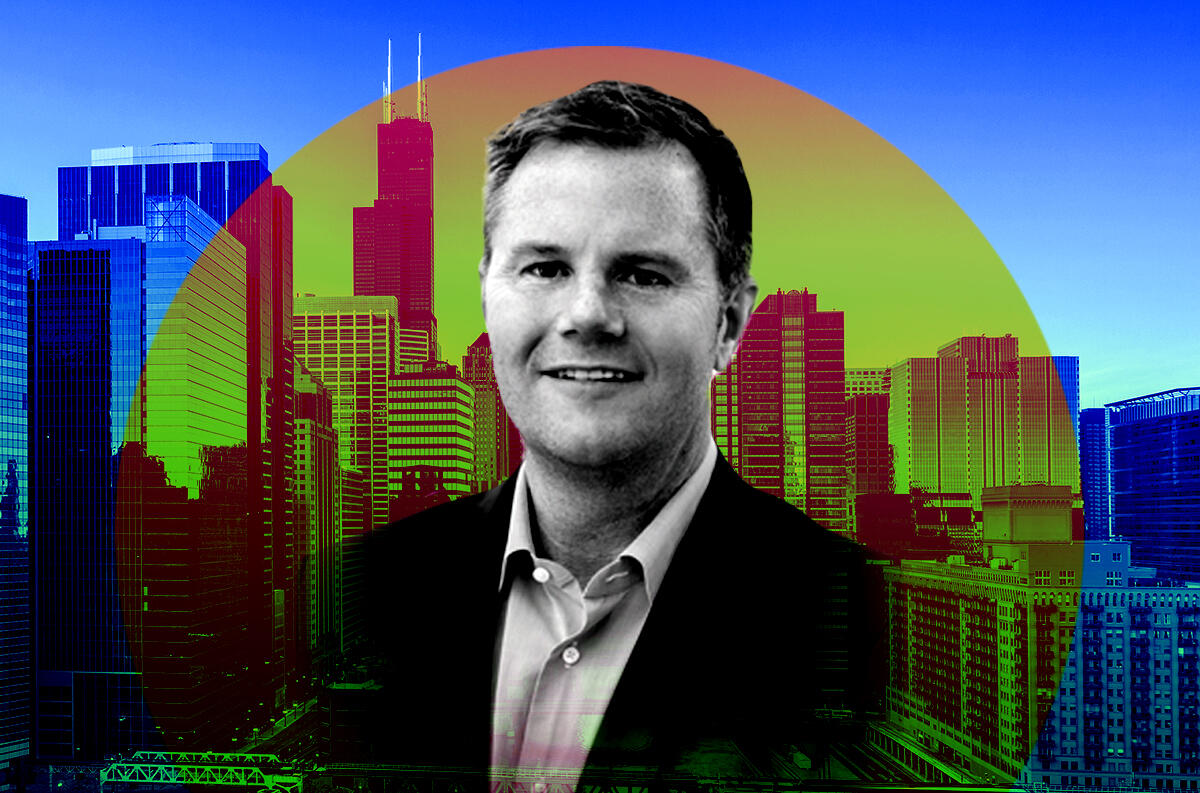Jeff Lowe and his eponymous real estate group have been on a roll. A founding broker at Compass Chicago, Lowe and his group closed almost $400 million of residential sales last year, taking the top spot in The Real Deal’s residential real estate rankings.
Lowe’s group has been the choice for some of Chiago’s most affluent clients: It represented the seller of the $2 million property bought by actor Jim Belushi in March and sold the Ravenswood home of Jed Hoyer, president of baseball operations at the Chicago Cubs for $3.5 million. The group has also been dealing with more high-end co-ops and condominiums downtown and in the Gold Coast.
Lowe spoke with TRD to discuss lessons from the pandemic and what’s next for the Chicago market. Below is a version edited for space and clarity.
TRD: Where do you see the market moving in the next six months to a year?
JL: Just in the last six weeks, we’ve seen the markets change quite a bit. I think it’s just moving more towards a normal real estate market. In 24 years, selling houses has been very consistent. As soon as people get past the Super Bowl, they start thinking about where they want to live that spring and that summer, or whether it’s because the school year, or whatever the case may be, that’s always been the strongest market.
But during the pandemic, we never saw slowdowns. We were super-busy in July and super-busy in August and super-busy in November, December, and January. So for the last two- or two-and-a-half years, it’s just been a sprint. And once we hit July this year, even maybe like mid-to-late June, a lot of families knew where they were going to live and people started vacationing more, which they weren’t doing as much last year.
A lot of people lost a lot of equity in the stock market on top of interest rates climbing. We’re just moving back towards an even playing field, where it’s just been an absolute seller’s market for the last two or three years. And now I think we’re just becoming a little bit more even-keeled. We’re still selling houses now. I’m not panicking by any means. It’s becoming a little bit more normal.
TRD: What lessons did you learn from the pandemic?
JL: We do a better job and a more comprehensive job with our photographs. We’ve always done really nice custom floor plans for all of our listings. But we started using more and more video too, because we just found that during the beginning of the pandemic, people were just hesitant to leave their houses and come see homes.
It used to be wanting people to come to the listing, so you just want to give them a taste of what it looks like so that you really want to get them out there. But that’s changed.
TRD: How does your team stay focused on high-end listings?
JL: I started selling homes when I was in my early 20s. As life goes on, you just tend to gravitate towards selling more homes that are a little bit more expensive. Some of these clients of mine that have sold, I don’t know, $4 million homes or $5 million homes with me over the last year or two, some of those bought $400,000 condos with me 20 years ago.
A lot of that’s residual, because I really do try to do my best to stay in touch with all my previous clients, and some have just done very well. Once you get a foothold there and people see your name on a lot of signs. they gravitate towards wanting the opinion of the person or the group that does the most amount of that space.
TRD: Is there a type of listing that you’re seeing more of or that’s a little bit different than what you’ve taken on in the past?
JL: Our bread and butter are definitely single-family homes and infill neighborhoods. My favorite are homes that are on an oversized lot, whether it’s a lot-and-a-half or two lots because it oftentimes can provide a suburban living feeling, but within the city and two blocks walking distance to everything you enjoy the cities. They also tend to sell exceptionally well.
TRD: There were many reports of people fleeing downtown Chicago at the start of the pandemic. How would you gauge their interest in moving back to the city?
JL: It’s going to take some time to reverse that course. But I do think we’re seeing that now. The suburban market has been so strong during the pandemic. Predominantly, we see families from the west and the north side of the city, but like the North Shore, and in the Hindsales of the world, where we see a lot of families sell their big family homes in those areas. Because it was a struggle, especially when you got up to Lake Bluff, Lake Forest, that market was really difficult before the pandemic. Nobody wanted 10,000-square-foot homes that were older and had a lot of upkeep.
But during the pandemic, this became a super-hot market. What we’re seeing is families with large homes. A lot of them are downsizing. They’re buying a home elsewhere, maybe in Florida, maybe in Colorado, maybe in Tennessee, and then they’ll buy an apartment in the city to have a Chicago home base. That’s what we’re seeing a lot of: People are selling their big Chicago suburban home, and now they’re coming down and they’re buying co-ops, apartments and condos downtown. They still have a city presence. But then oftentimes purchasing a second home elsewhere too.
This interview has been edited for space and clarity.
Read more


